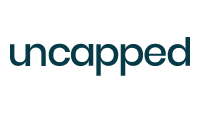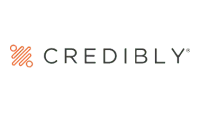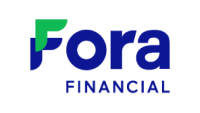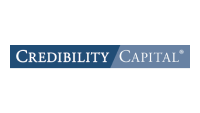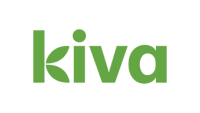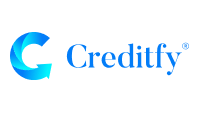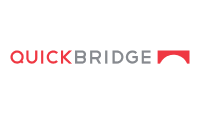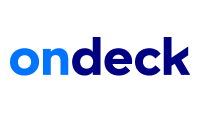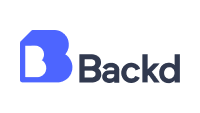How to determine Uncapped's fixed fee
When you take out an Uncapped business loan, you agree to share a percentage of your revenue until the loan and fee are repaid. Uncapped states most businesses share 5 percent to 25 percent of future revenue. In addition to high revenue requirements, Uncapped likes to see that your revenue is growing over time.
But instead of charging APRs or factor rates, Uncapped charges a percentage of the loan amount as a flat base fee. Your total cost of the loan will be based on this fee and the amount of time it takes you to repay the loan.
For example, if you take out a $50,000 loan with a monthly fee of 1.50 percent and a repayment term of 12 months, you’ll be charged a base fee of 18.00 percent (1.50% x 12 months = 18.00%). That means you’ll owe a $9,000 fee ($50,000 x 18.00% = $9,000) for a total of $59,000.
To make sure this is the right type of loan for you, use a business loan calculator to compare Uncapped’s loan costs with traditional loans that use interest rates. In some cases, you may be able to get a loan elsewhere that costs less or has more manageable monthly payments.
Uncapped vs. Credibly
Credibly caters to a broader customer base and is more accessible to getting approved than Uncapped. Credibly offers a working capital loan, business line of credit, invoice factoring, merchant cash advance and SBA loans. It also requires just $300,000 in annual revenue and FICO score of 550 to qualify. Uncapped offers fewer types of loans. It focuses on revenue-based financing and also requires a hefty $600,000 in annual revenue.
Credibly does prefer stronger applicants with $540,00 in annual revenue, three years in business and a 675 personal credit score. While these requirements are high, they’re still lower than Uncapped’s requirements unless you go with Uncapped’s Amazon seller funding.
Uncapped offers fewer types of loans. It focuses on revenue-based financing and also requires a hefty $1.2 million in annual revenue, though Amazon sellers can qualify with just $120,000 annually.
Focusing on the merchant cash advance, Credibly’s MCA comes with repayment terms of three to 15 months, while Uncapped’s terms go from two to 24 months. Credibly also offers a smaller amount of funding compared to Uncapped — up to $400,000 versus Uncapped’s $10 million.
Comparing Credibly vs. Uncapped fees
Credibly’s fee starts at a 1.09 factor rate. A $50,000 loan from Credibly with a 1.09 factor rate means you’ll end up repaying $54,500 ($50,000 x 1.09 = $54,500), not including additional fees. As long as you pay on time, that cost won’t go up the longer it takes you to pay off your debt. Credibly does offer a prepayment discount that could reduce the cost if you pay off your total balance before the final due date.
On the other hand, Uncapped charges a more confusing fee structure. It starts with 0.70 percent to 1.50 percent and multiplies that number by the number of months in your term.
For example, a $50,000 loan with a 1 percent monthly fee has a minimum total base fee of 2 percent if you choose a two-month term. That means the lowest total cost you would repay would be $51,000 ($50,000 x 2.00% = $1,000 fee), but only if you can pay the loan off within the required two-month period.
If it takes eight months, the fee grows from 2 percent to 8 percent. So now the total cost you repay is $54,000 ($50,000 x 8.00% = $4,000 fee). And if it takes you 12 months to repay the loan, it would cost $56,000 ($50,000 x 12.00% = $6,000), which is more than a similar loan from Credibly but with a shorter repayment period.
So Uncapped’s loans could cost more the longer it takes you to pay off your debt. Before choosing a fee-based loan, always compare those costs with traditional loans that charge interest rates to make sure you’re choosing the most affordable option.
Uncapped vs. Fora Financial
Both Fora Financial and Uncapped offer short-term, revenue-based advances with aggressive repayments. Uncapped offers terms for some loans up to 24 months, while Fora Financial’s revenue advance stops at 16 months. In terms of payment schedules, Uncapped does have revenue-based loan options with bi-weekly or monthly schedules. Fora Financial also offers short-term loans with daily or weekly repayments.
But Fora Financial is more friendly to small businesses that only need a small amount of funds. For example, Fora Financial provides lower loan sizes starting at $5,000 and going all the way up to $1.4 million. Uncapped goes from $10,000 to $10 million, which caters to more established businesses.
Fora Financial also requires just $144,000 in annual sales and three months in business, and it works with bad credit borrowers who have FICO scores as low as 500. Meanwhile, Uncapped’s requirements are $120,000 in annual sales for Amazon sellers or $1.2 million for other businesses, though it doesn’t state a minimum credit score.
